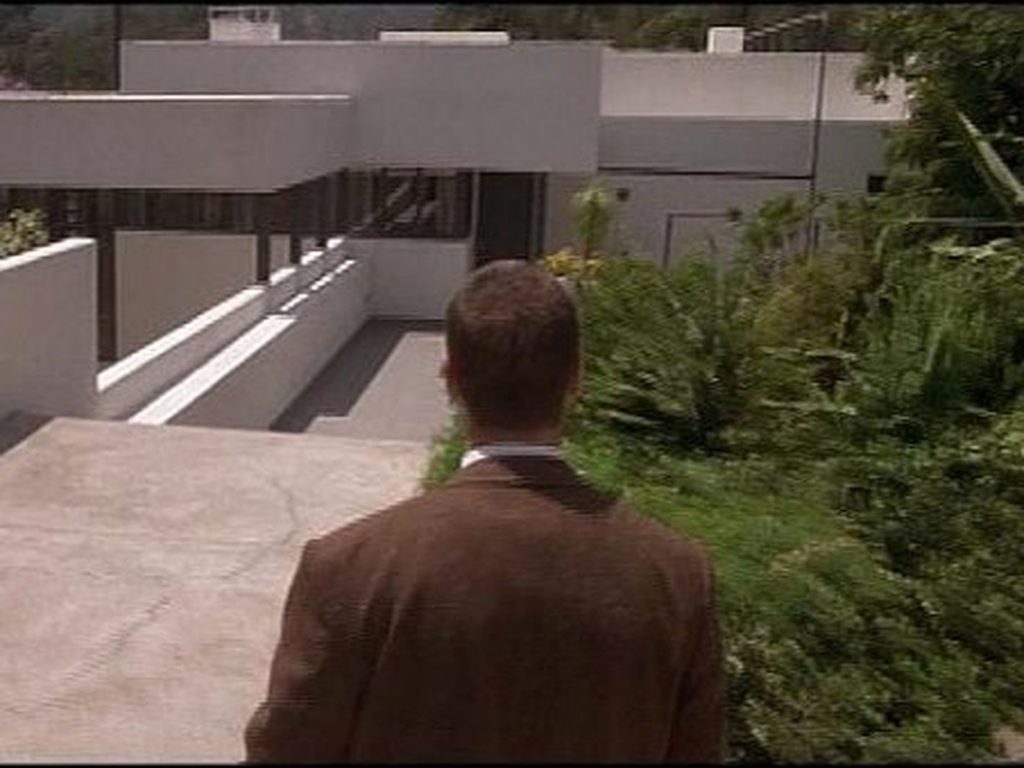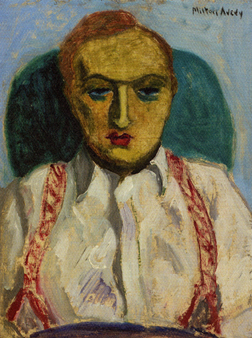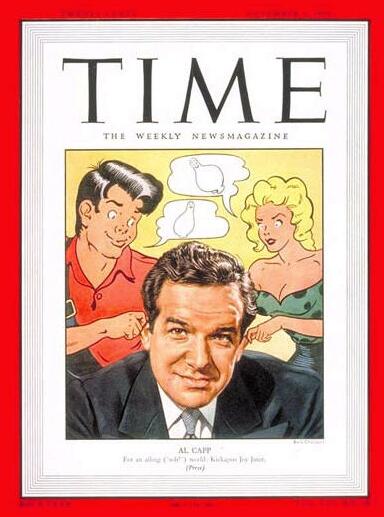It’s been a busy week with an unexpected flurry of deadlines. Lowell has a bad cold and looks and sounds like a mournful frog. The nice thing: We’re playing hooky this morning. A friend gave us passes to Biltmore Estate, the French chateau that George Vanderbilt chose to build in Asheville. How unlikely it was that Vanderbilt would build here — in some remote mountain town, only newly reachable by train, far from friends and family — never occurred to me until I was researching Henry James’ and Edith Wharton’s stays at the estate for an article I wrote several years back. Here is James in a letter to Wharton:
We are 2,500 feet in the air; the cold, the climate, is well nigh all the ‘company’ in the strange, colossal heart-breaking house; & the desolation & discomfort of the whole thing — whole scene — are, in spite of the mitigating millions everywhere expressed, indescribable. … It’s, in effect, like a gorgeous practical joke — but at one’s own expense, after all, if one has to live in solitude in these league-long marble halls.
When I first moved here and knew hardly anyone, I spent a lot of time mooning around the estate, although tellingly the part I feel most at home in is the servants quarters, which are very simple and airy and remind me of my grandparents’ farm. Today I’m looking forward to visiting the library (duh) and exploring the grounds, although I imagine they’re a little stark and wind-swept this time of year. The estate was Frederick Law Olmsted’s last great project, and this will be my first time visiting since reading a couple books by and about him.


 Annette lives in a house that Lloyd Wright, Frank’s son, designed for her and Louis in 1935. Though it looks nothing like the work of his famous father, it has the same clean and inviting interior lines that are familiar from Frank Lloyd Wright’s Usonian houses, and it is infinitely better suited to the display of art–a major consideration for the Kaufmans, who amassed a huge collection of paintings and sculpture in the course of their long life together. Annette has given much of their collection away since Louis’ death, but she still owns a goodly number of remarkable pieces, many of which were painted by Milton Avery.
Annette lives in a house that Lloyd Wright, Frank’s son, designed for her and Louis in 1935. Though it looks nothing like the work of his famous father, it has the same clean and inviting interior lines that are familiar from Frank Lloyd Wright’s Usonian houses, and it is infinitely better suited to the display of art–a major consideration for the Kaufmans, who amassed a huge collection of paintings and sculpture in the course of their long life together. Annette has given much of their collection away since Louis’ death, but she still owns a goodly number of remarkable pieces, many of which were painted by Milton Avery. The first thing you see when you open the door, for instance, is an Avery portrait of Louis wearing a pair of bright red suspenders. Stroll into the dining room and you’ll find “California Landscape/Seascape,” the 1942 painting that was one of the highlights of the Phillips Collection’s great 2004 Avery Retrospective. Beyond it in the breakfast nook is a brightly colored, strikingly Cézanne-like still life that the Kaufmans bought in 1926 for $25–the very first painting that Avery ever sold.
The first thing you see when you open the door, for instance, is an Avery portrait of Louis wearing a pair of bright red suspenders. Stroll into the dining room and you’ll find “California Landscape/Seascape,” the 1942 painting that was one of the highlights of the Phillips Collection’s great 2004 Avery Retrospective. Beyond it in the breakfast nook is a brightly colored, strikingly Cézanne-like still life that the Kaufmans bought in 1926 for $25–the very first painting that Avery ever sold. If you know who Al Capp was, you’re probably reading this review through bifocals. “Li’l Abner,” the comic strip about hillbilly life that Capp wrote and drew, ran in newspapers across the country from 1934 to 1977. For much of that time it was enormously popular–enough so that it was made into a musical in 1956, which in turn was made into a movie in 1959. But defunct comic strips have a short shelf life, and “Li’l Abner” had already lost most of its audience by the time Capp retired…
If you know who Al Capp was, you’re probably reading this review through bifocals. “Li’l Abner,” the comic strip about hillbilly life that Capp wrote and drew, ran in newspapers across the country from 1934 to 1977. For much of that time it was enormously popular–enough so that it was made into a musical in 1956, which in turn was made into a movie in 1959. But defunct comic strips have a short shelf life, and “Li’l Abner” had already lost most of its audience by the time Capp retired…